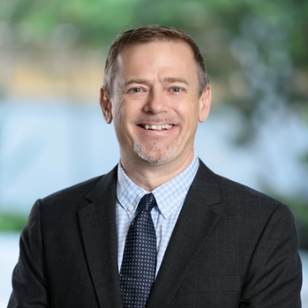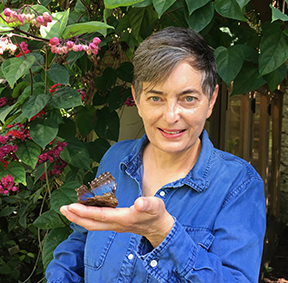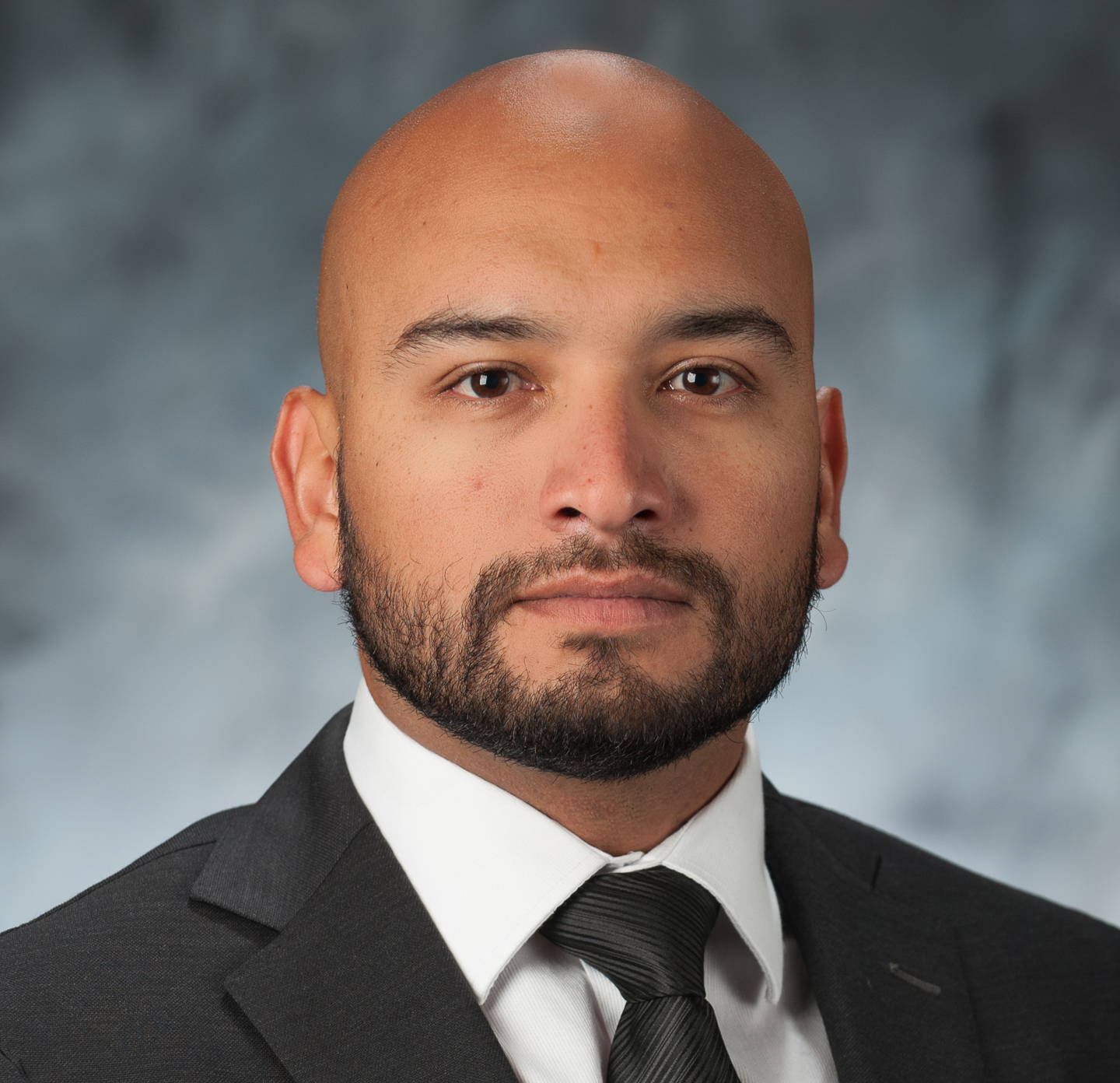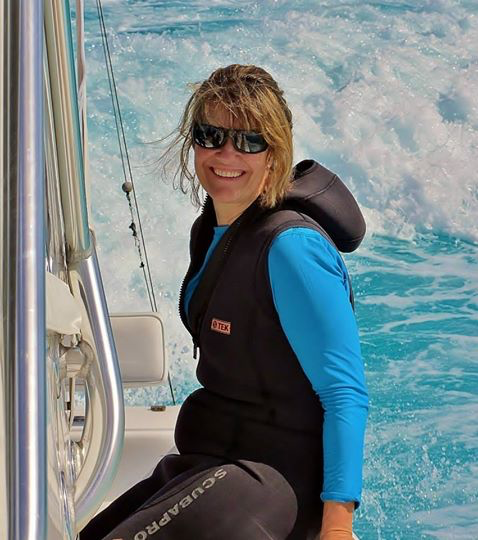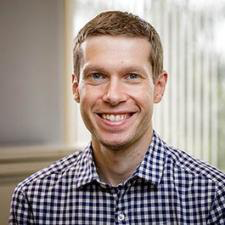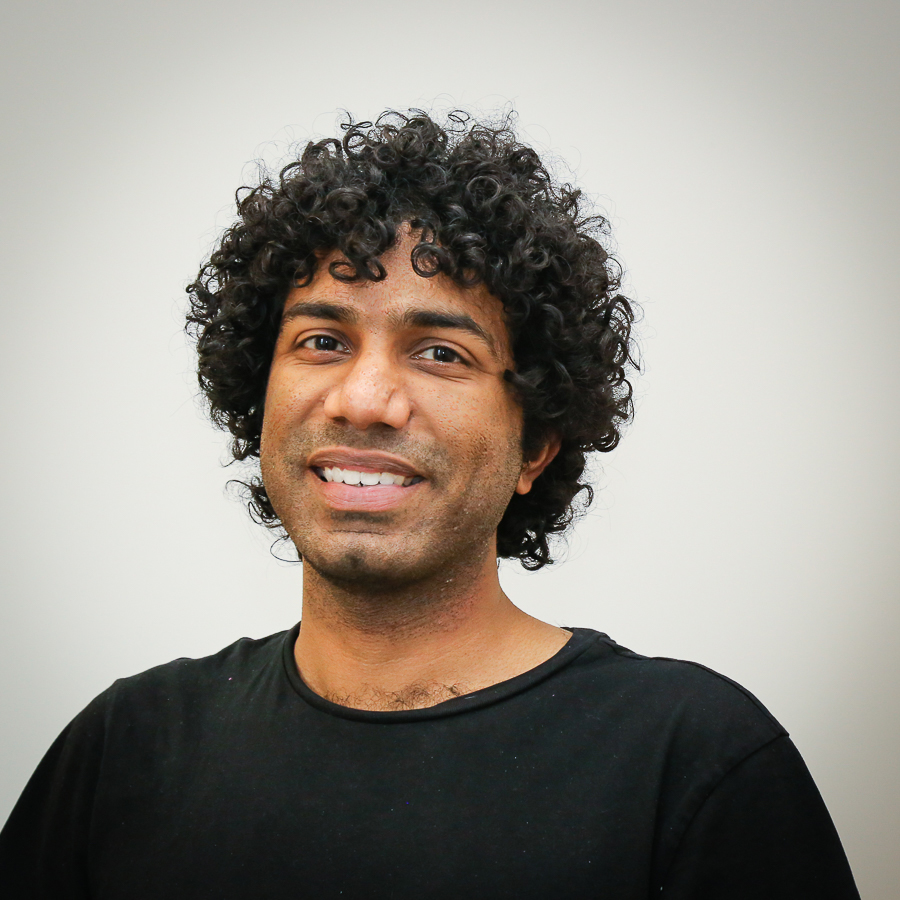| |
The U-Link Team believes it is important to visit existing coastal structures, assess their strengths and weaknesses, and
hear from stakeholders in order to properly design more advanced coastal structures. On February 12, 2019, the U-Link
team visited Dinner Key Marina, Kennedy Park, Alice Wainwright Park, and Virginia Key and observed several strategies for
coastal protection.
Dinner Key and Kennedy Park are part of an effort by Miami Dade County (MDC) to (1) improve water quality to Biscayne
Bay, specifically nutrient loading for which there are regulatory limits, and (2) reduce coastal erosion and stabilize
shorelines. The restorations to Kennedy Park are the best examples. This shoreline has been highly altered with past
development by dredged and fill, and then overgrowth of the Australian pine Casuarina equestifolia. The Australian pine
was removed aggressively throughout MDC after Hurricane Andrew. This tree accelerated coastal erosion and was a hazard
during hurricanes (falling and blocking roadways). The shoreline was graded and replanted with native mangroves. Even the
fill-island off the Dinner Key Marina has been cleared of Australian Pines and replanted. In many areas along the
shoreline, riprap has been used to stabilize the sediment, and mangroves allowed to overgrow the area. Some constructed
wetlands exist to handle storm water run-off and prevent direct drainage into Biscayne Bay.
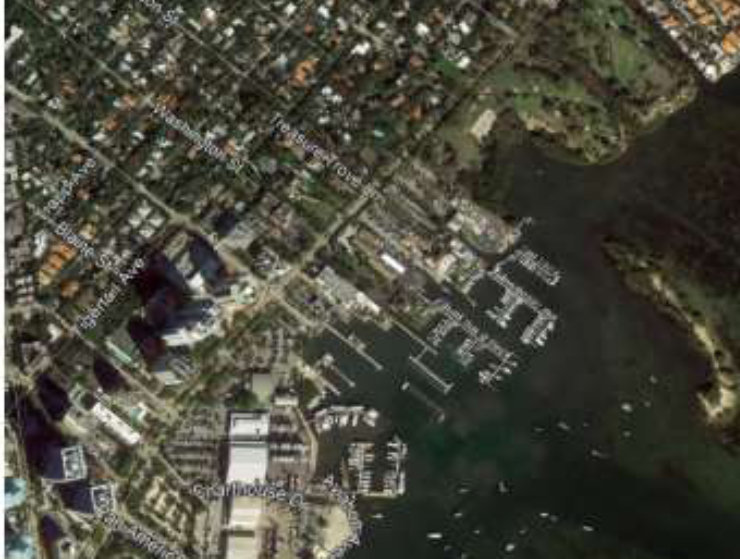
The U-Link team was impressed with the restoration efforts of MDC. Replanting mangroves appeared to have reduced
nutrient loads, and the upward grade of the shoreline helped maintain visibility over the mangroves. Still, the team
discussed the desire by local residents to have a less obstructed view. The riprap and mangrove appears to have
stabilized the shoreline.
Alice Wainwright Park shoreline is protected by a concrete sea wall. The sea wall contrasted in many ways with the
shoreline restoration in Kennedy Park. The lack of mangroves meant algae was visible near the sea wall, but the view was
unobstructed even at the shoreline. More of the park was usable, since park residents can walk easily to the edge of the
shoreline. In addition, the team noted that the concrete was in poor shape: cracks were visible throughout the wall and
the bottom of the wall was significantly eroded. Construction appeared to be substandard.
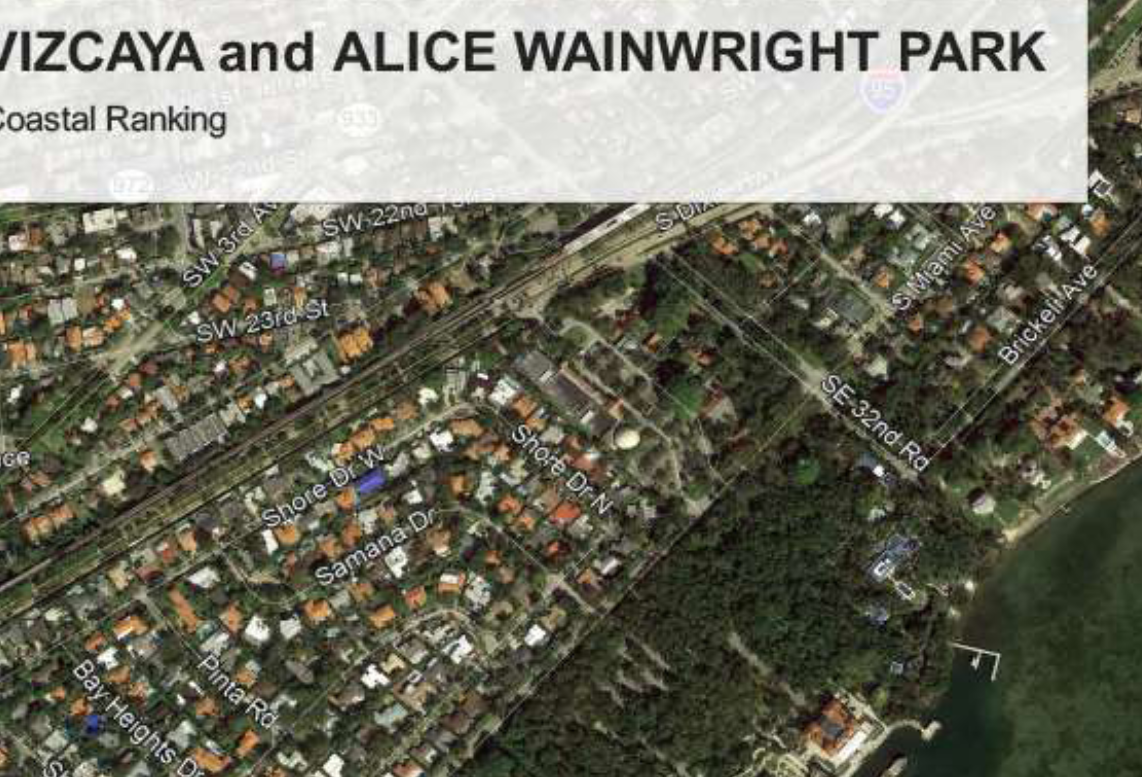
These two parks illustrated the tradeoff in a stark way: riprap and mangroves are biologically friendly, but take up a
lot of space and impede ocean visibility.
The restoration of Virgina Key involved removing Australian Pines and constructing sand dunes, which were stabilized by
planting grasses. As with the Mangrove and riprap, little or no algae was observed. The dunes and shoreline allowed
full visibility of the ocean and were visually more attractive than mangroves. Nonetheless, the dunes took up a
significant amount of land. Further, construction of dunes are not feasible in areas the shoreline that do not have
beaches. The team was also struck by the cost of the restoration. The cost was several million dollars for a relatively
small amount of shoreline, despite the large amount of volunteer labor and that the city owned the land.
Clearly, existing coastal protection strategies all have strengths and weaknesses and do not work for all types of
shoreline. The next generation of coastal structures must innovate in a way which improves on existing strategies.
|
|
|

